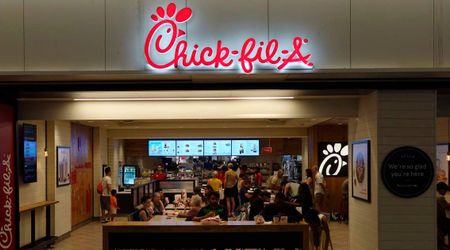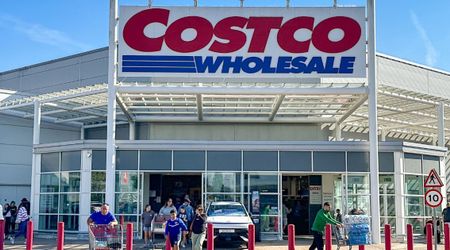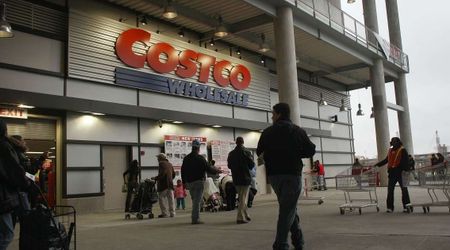21.6 Million U.S. Households Struggling with Rent Payment Amid Luxury Building Boom

The State of the Nation's Housing 2023 report published by Harvard's Joint Center for Housing Studies has revealed that a record number of American renters are facing difficulties in paying their rent. According to the study, a staggering 21.6 million households are spending more than one-third of their income on rent, with some even paying up to 50% of their earnings towards their apartments. This situation is alarming as housing experts recommend that tenants should spend less than 30% of their income on rent. So, why are so many Americans struggling to afford their rent?
The rise of luxury buildings
One of the key factors contributing to the housing affordability crisis is the proliferation of luxury buildings, per Yahoo!Finance. Over the last two decades, the construction of high-priced apartments, commonly known as Class A buildings, has outpaced the development of more affordable options. In 2022, more than half of the rental construction projects (51%) were luxury apartments, compared to just 34% in 2000, according to Moody’s Analytics data.

The challenge lies in the fact that the new housing supply primarily caters to the high-end market, further exacerbating the affordability gap for lower-income households.
The squeeze of rising expenses
Rapidly increasing rents coupled with the rising costs of other essential expenses such as healthcare have created a squeeze for many Americans. If rent and healthcare expenses grow faster than income each year, it becomes increasingly difficult for individuals and families to maintain a decent standard of living. This squeeze has put immense financial strain on households, making it challenging to afford necessities and achieve financial stability.
Lack of affordable options
Historically low rental vacancies in recent years have also contributed to the lack of affordable housing options for households. Although the vacancy rate has slightly increased to 6.4% in early 2023, it is still far from the healthy rate of 7% to 8%. A higher vacancy rate allows renters to have more choices and some pricing power. However, experts predict that the national average vacancy rate will remain around 5% until 2025, and the rate for lower-cost housing remains even lower at 4.7%. This lack of affordable options limits the ability of lower-income households to find suitable and reasonably priced accommodation.

The trickle-down effect
The scarcity of affordable housing not only affects lower-income households but also has a trickle-down effect on the entire rental market. As renters who would traditionally buy homes find themselves unable to afford homeownership, they remain in Class A buildings. Consequently, renters seeking to live in these high-end buildings face intense competition and limited availability, forcing them to settle for lower-tier apartments. This competition for fewer new units that meet the needs of each income group further worsens the affordability crisis.
Luxury apartments seem to be the future
The proliferation of Class A buildings has come at the expense of older and more affordable apartments categorized as Class B and C, per Moody's Analytics. Over the past two decades, the share of these lower-cost units has significantly declined, from 66% in 2001 to 49% in Q1 2023. Unfortunately, this trend is unlikely to change shortly as developers often find luxury apartments to be the most profitable option. While the majority of construction costs are associated with land purchase, building materials, and permits, adding upscale finishes can increase the potential rental revenue. As a result, developers prioritize the construction of high-end buildings, leaving limited options for middle-income renters seeking a balance between affordability and quality.

The need for more affordable housing options
The future of the rental market in the United States does not appear promising. Household formation continues to grow at a steady pace of around 1% annually, requiring substantial inventory growth to keep up with demand. Additionally, the presence of Generation Z and millennials aged 25 to 40, who are ready to enter the rental market, further intensifies the need for more affordable housing options. Without significant changes in housing policies, and increased investment in affordable housing, the housing affordability crisis is likely to persist, placing an increasing burden on American renters.
























